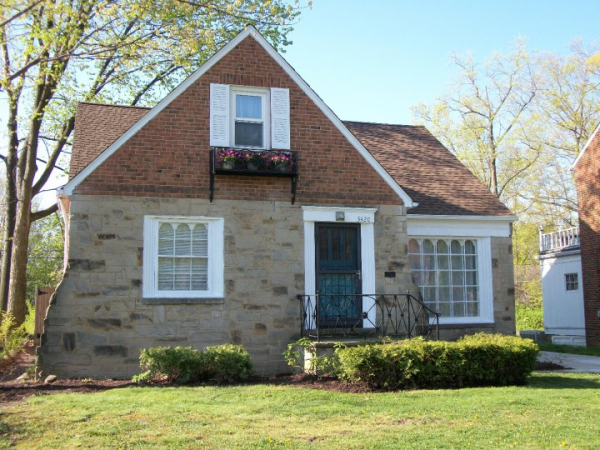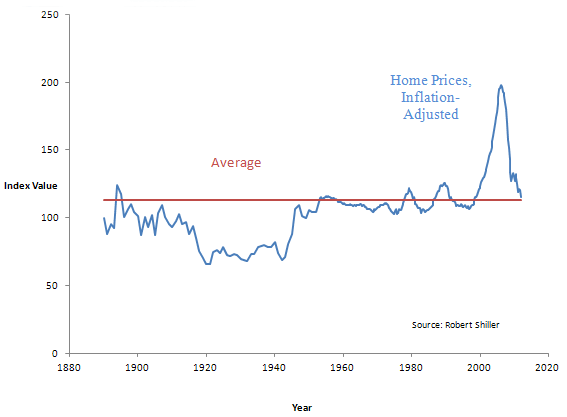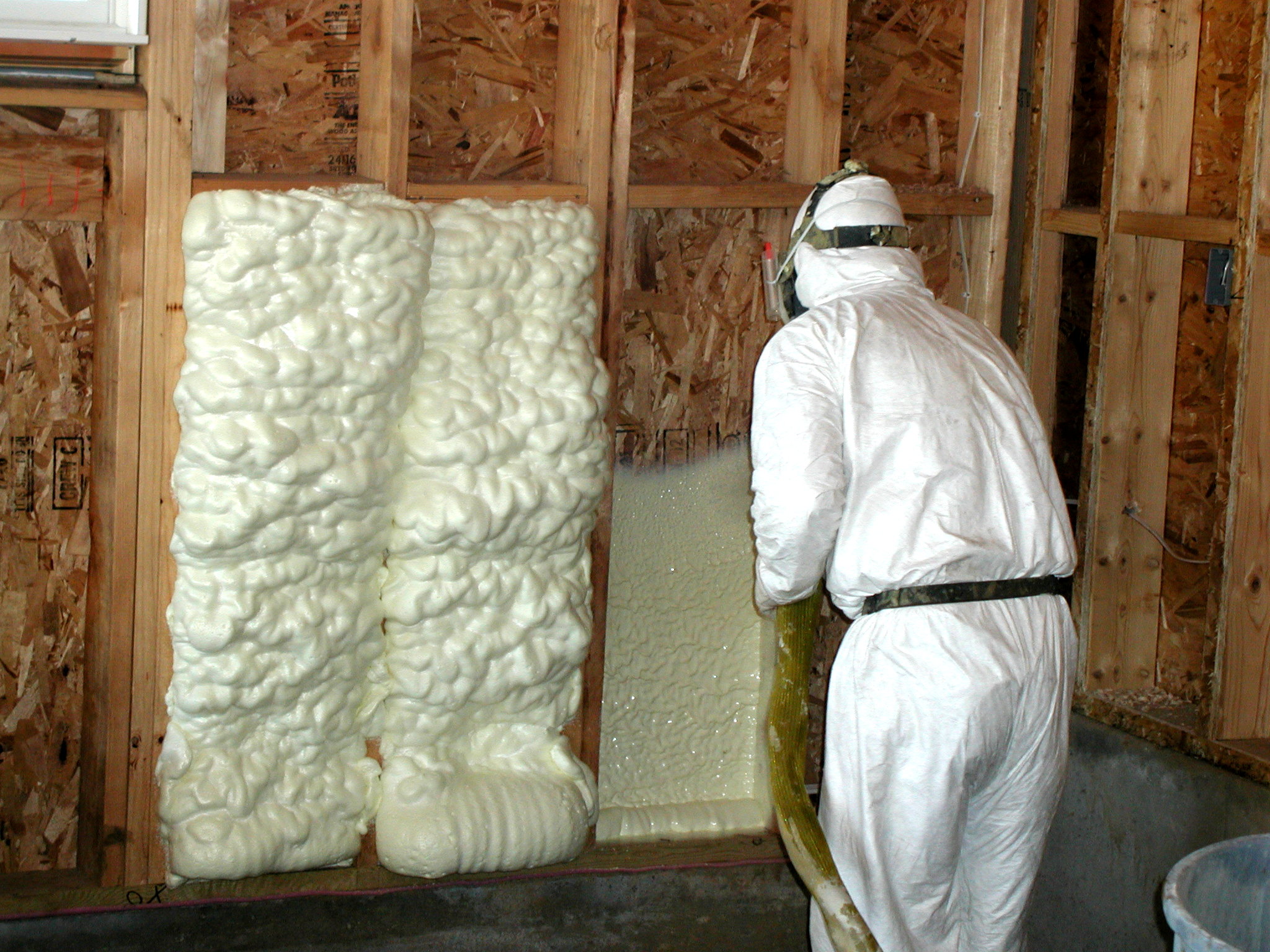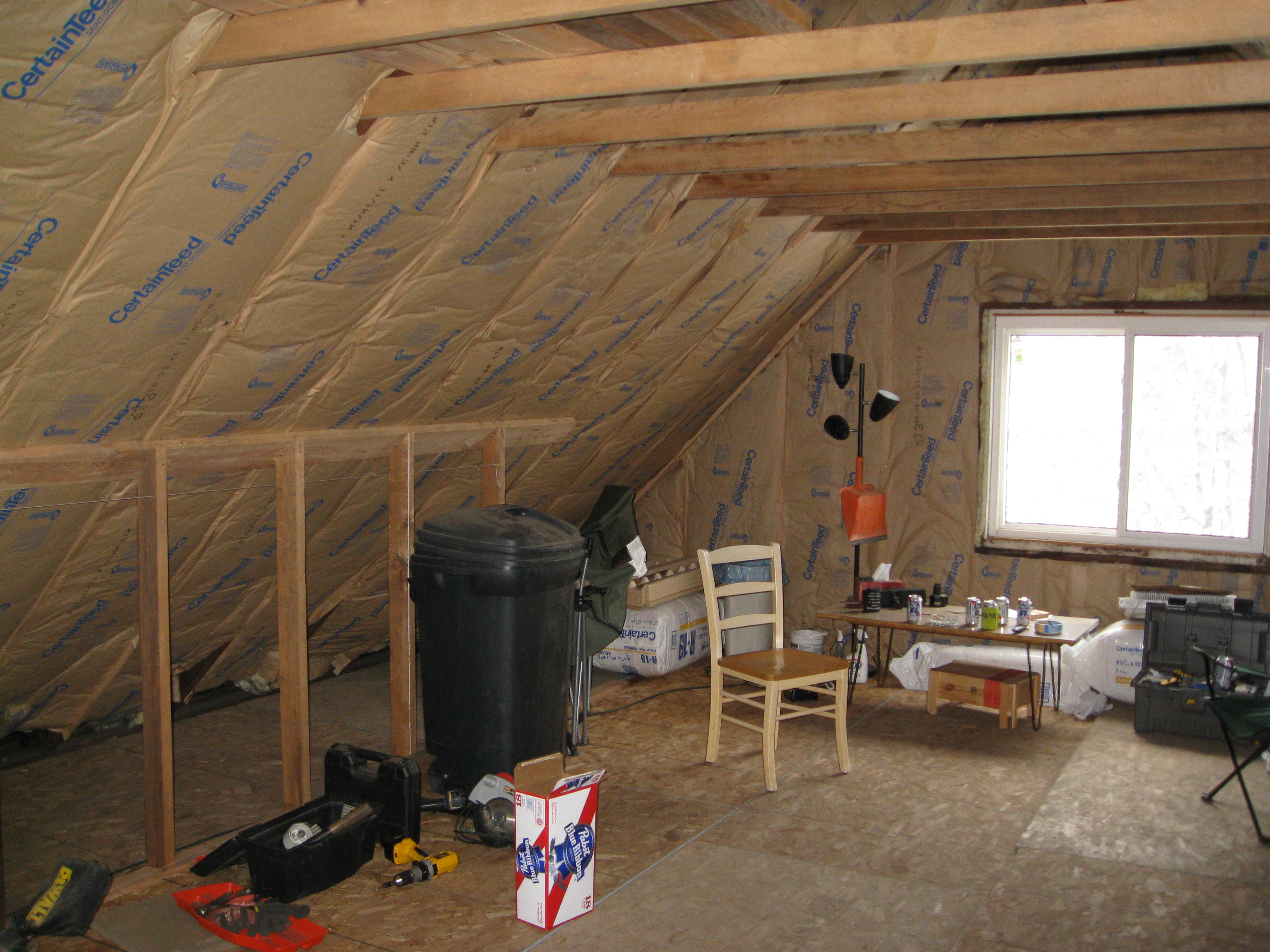Fix Your House for Free – The Magic of Energy Efficiency Financing
You can live in a comfortable, healthy, longer lasting, and substantially cheaper to operate home quite possibly for free* by using financing to pay for energy efficiency improvements.
OK, now you question my sanity and sincerity because, well, I’m selling something. Which I most certainly am: Home Performance, which provides all the benefits above. Here’s the short version: if you save $50/month on energy bills and then pay a $50 loan payment, you got those improvements for free. You are out the same amount of money each month, but now your house is comfy. For the full version, read on.
As a society, we are VERY skeptical of crazy claims like this. Bear with me for a few minutes while I make my argument with some simple math and realistic numbers. It won’t seem quite so crazy. In fact, you may even want to do it!
1. Financing Energy Efficiency Is VERY Different From All Other Things We Finance
Typically, we buy things with financing that either depreciate or appreciate slowly:
A Car:
If you buy a $25,000 car, it’s value drops to $23,000 once the tires leave the dealer parking lot as it switches from retail to wholesale pricing (trade in). 3 years later when you trade it in, you’re lucky if it’s worth $15,000. So those 3 years of owning the car cost you $10,000, plus interest, plus insurance, plus maintenance, plus fuel. Say the other items were $5,000, which is conservative, your true cost of ownership for 3 years was about $15,000, or $416/month. That is a lot of depreciation and cost of ownership.**
My point: a car is a lousy investment with a serious negative return on investment: they cost you a lot of money without providing much in return besides transportation. A $99 Huffy can provide that, technically.
A House:

Contrary to popular belief, homes are only an OK investment. Their value increases basically at the rate of inflation. 2000-2006 was an exception. Check out this graph from Robert Shiller of the Case-Shiller housing index. (He is a seriously smart guy.) It shows home values adjusted for inflation since 1890:

See the spike and fall after 2000? Yeah, that’s pretty painful. It is called the housing bubble, and many Americans are buried in their homes because of it. The only positive thing is that home values have essentially corrected to the long term average, so they shouldn’t fall much further, but the flip side is we won’t see the inflated values of 2006 for a long time. Thanks to Jack Hough at Smart Money for making the case. Check out the whole article at SmartMoney.com.
My point is this: houses offer a rate of return of about the inflation rate, or 2-4% if the Fed is doing their job well. That’s pretty lousy. You do, however, get a nice place to live, which after all is the point of owning a home. Still, owning a home costs you money in interest, insurance, maintenance, and utilities. It’s a way better investment than a car, but still not that great.
2. Now, the Magic of Energy Efficiency Financing
Unlike cars and houses, making the right efficiency improvements in a home offer a seriously good return on investment. As in a ROI so high that guys named Guido who enforce for other guys named Tony to collect on gambling debts are jealous. And no heads need to be broken.
This means that even while paying interest on a loan, you can still save more energy per month than what your payment is. It doesn’t always work this way, but it does fairly often.
10% return on investment (or 10 year payback) is considered a base for the industry and 20% is fairly common, even with natural gas prices in the toilet like they are now (that won’t continue, by the way, read this to find out why). In the past (circa 2004-2006) getting your money back in 2 years for attic insulation and air sealing, a 50% return, was not uncommon because natural gas cost about 3 times what it does now, which changes the math substantially. Don’t believe me? Frankly, I don’t blame you. Let’s do a little math on a typical insulation job for Energy Smart Insulation:
1963 Ranch Home: 1500 square feet, $1800 annual gas bill, 2″ attic insulation
Attic insulation, ventilation, and air sealing: $2500
Conservative savings estimate: 30%
Annual dollar savings: $540/yr = $1800 x 30%
Simple Payback: 4.63 years = $2500 job cost / $540 annual savings
Simple ROI: 21.6% = 100%/4.63 years
With something paying back that fast, it leaves a lot of room for financing.
Energy Smart now has access to a fixed rate loan program (at 14.99%) through AFC First Financial, which specializes only in energy efficiency loans. Yes, that rate is higher than I would like, but it is not a teaser rate, i.e. 8.99% for 6 months and then 26% arm & leg thereafter, so you can count on the payment staying the same. It also doesn’t require any collateral, which is rare. Let’s look at that ranch example:
10 year loan for $2500 @ 14.99% = $40.25 monthly payment
Monthly savings: $45 = $540 per year/12 months
So that attic insulation actually saves $5/month in this case. And your house is comfortable with fewer drafts.
Did I pick a rosy example? Yes. A few things to consider:
1. I also didn’t include the rebates that would apply to this example. They would be about $600-900 and would come back as cash to the homeowner. That’s 15-22 months worth of payments!
2. Air conditioning bills are not factored in, that makes things better too by $100-$200/yr.
3. Natural gas prices ARE going up in a few years. It’s just economics, the world is paying 3-4 times what we are. The only reason that prices are cheap short term is we can’t export natural gas, yet. Once prices go up, it changes the math a lot.
4. This is using a fairly high interest rate. If you are lucky enough to have equity in your home, go get a Home Equity Line of Credit (HELOC) to finance Home Performance upgrades, they are in the 3-5% range. The math gets much better.
5. Even if it cost $50-$100/month extra, isn’t it worth it to have a nicer place for your family to live? You can finally be comfortable, not worry about ice dams leaking into your home, not have big temperature swings between floors and rooms, reduce your allergies, have one less reason for friction with your significant other, and much more.
As you can see, this example is still fairly conservative.
The takeaway from this post is that financing is a great tool to be used for energy efficiency.
This job is relatively inexpensive, whole house jobs typically run from $6000-$12,000 and would carry a $100-$200 monthly payment, but also would offer savings close to that figure. Houses that need that a lot of work usually have very high energy bills to match and are known as ‘pigs’ in the industry. (I know, not a flattering term, but if that label gets you to do something, it did its job.) Most families don’t have quick access to $6-12K, especially with the high energy bills that go with those houses, so financing makes a ton of sense for this sort of thing.
Click here to find out more about our financing programs.
Curious about what your home needs, what it would cost to get it fixed, and what a payment might be? (Only for those lucky enough to live in Cleveland, Akron, or elsewhere in Northeast Ohio. Yes, I just put lucky and Cleveland in the same sentence.) Call 330-524-6495.
Just looking, from out of town, or intrigued but not in the market? No problem, like us on Facebook!
P.S. For the sake of my conscience, let me say I am personally not a fan of debt. My wife and I have a very low debt load for a couple our age. That said, if there is a place to use debt as a tool (meaning financing), energy efficiency improvements are it. Everything else costs you money. If you are lucky enough to be able to pay for upgrades out of pocket, that’s the way to go.
* OK, I used an absolute. Very little is true all the time. It depends on interest rate, term, energy prices, what the upgrades are, and a lot more. Even if it costs $50/month to have a substantially more comfortable home, or about $1.70/day, the price of a non-Starbucks cup of coffee, isn’t that worth it? It won’t be for some people, and it will be for others. If it sounds worth it to you, learn more about Home Performance and reach out to someone who does it.
** I am a car guy. This argument is purely rational. Car guys are irrational. ‘Nuff said.
Get the HVAC Guide

It's free! Make buying a new furnace, air conditioner, or heat pump less stressful.










